Posted on January 23, 2025

The spaces we inhabit have a huge effect on our mood, productivity, and overall mental health. Interior design isn’t just about aesthetics, it’s about creating environments that nurture well-being, reduce stress and promote positive emotions. From the colours we choose to the way we arrange furniture, every design decision can play a role in shaping how we feel. Read on to see how thoughtful interior design can improve mental health and provide practical tips for creating spaces that support your emotional and psychological well-being.
Embrace natural light
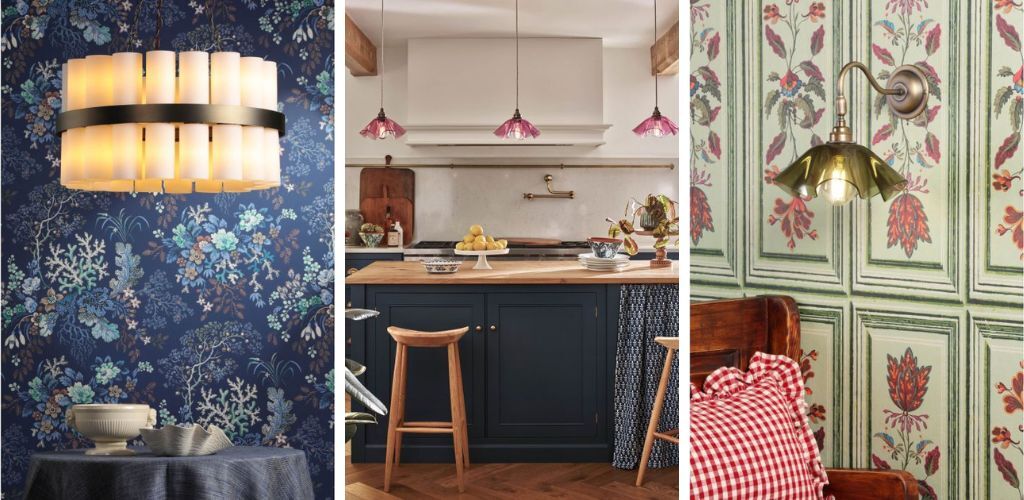
Natural light has a powerful impact on mood, energy, and sleep, helping regulate circadian rhythms for improved alertness and mental clarity. To maximise daylight in your space, consider adding large windows, skylights, or mirrors. If natural light is limited, opt for warm, soft lighting to mimic sunlight and avoid harsh artificial lighting, which can feel draining. We love David Hunt Lighting, with a showroom in Shipston on Stour, David Hunt specialises in bespoke lighting design. Also check out our interview with local architectural lighting experts Brightbox to discover even more about creating bespoke lighting solutions.
Incorporate nature and create a biophilic design

Biophilic design connects people with nature by incorporating elements like plants, wood finishes, stone textures, and water features into indoor spaces. These natural elements promote relaxation, reduce stress, and improve emotional well-being. Studies show that greenery can lower anxiety, enhance concentration, and purify the air, making even small indoor plants impactful. The Cotswold Garden Flowers, located in Evesham, offers a wide variety of plants, flowers, and greenery, and we love Garden Trading Co for pretty pots and planters.
Opt for calming and neutral colour schemes
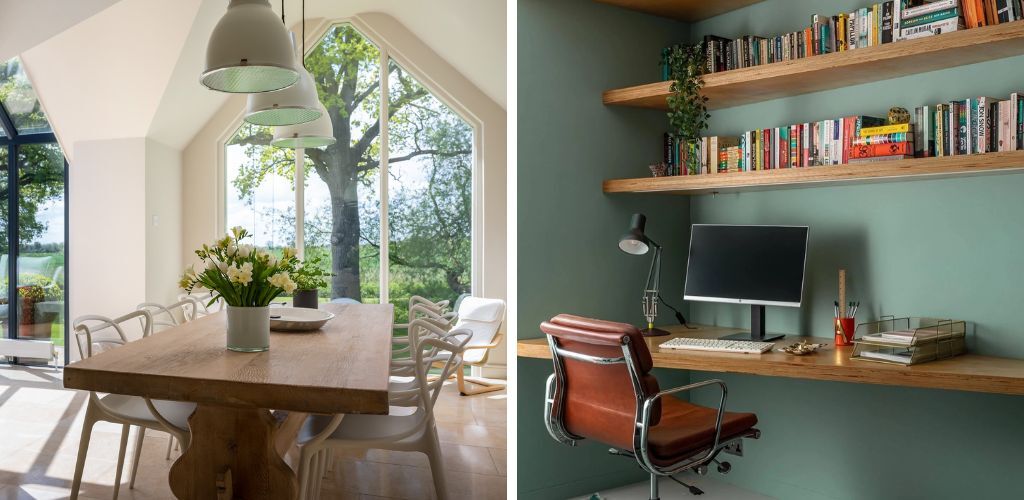
The colours we choose for our spaces can significantly affect our emotional state. Soft, muted tones like blues, greens, and earthy neutrals promote calm and reduce anxiety, while brighter colours like red or yellow can energise but may also lead to restlessness. When designing your space, opt for a colour palette that fosters tranquility and suits the room's purpose—whether it's a bedroom, living area, or home office. You can always add hints of colour with bespoke carpentry and furniture. For all things paint, we will always recommend you look at Farrow & Ball, they've created colours that play really well with natural light such as Shaded White and Shadow White.
Prioritise comfort and ergonomics
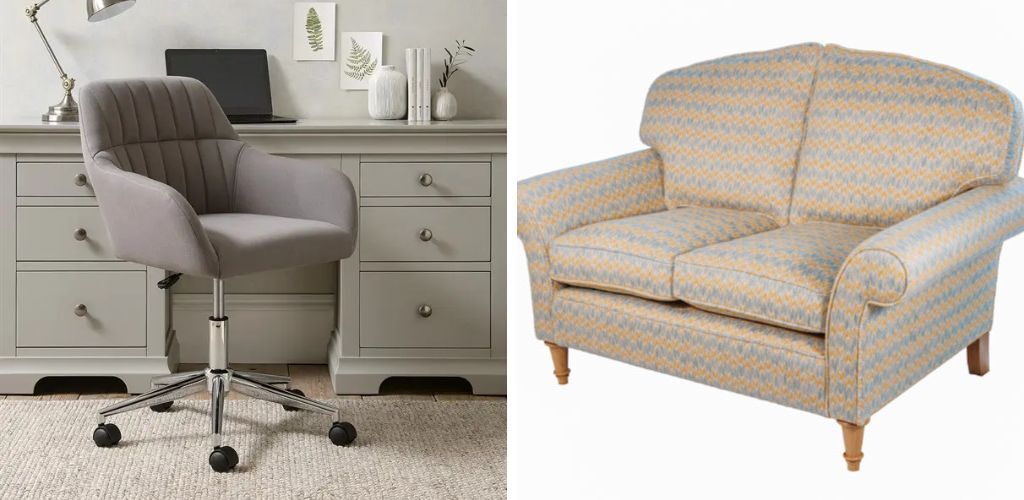
Comfortable furniture and ergonomic design are key to both physical and mental wellbeing. Poorly designed chairs, desks, or cluttered spaces can cause stress and fatigue. Investing in quality, ergonomically-designed furniture supports your body and promotes good posture, enhancing both comfort and productivity. In an office space, we’d recommend The Cotswold Co, all their office chairs are designed for comfort whilst remaining aesthetically pleasing. For sofas, S Rouse and Co have beautiful options that can be custom-made, or explore our independent furniture companies in The Cotswolds journal for more options.
Create functional zones to enhance focus and relaxation
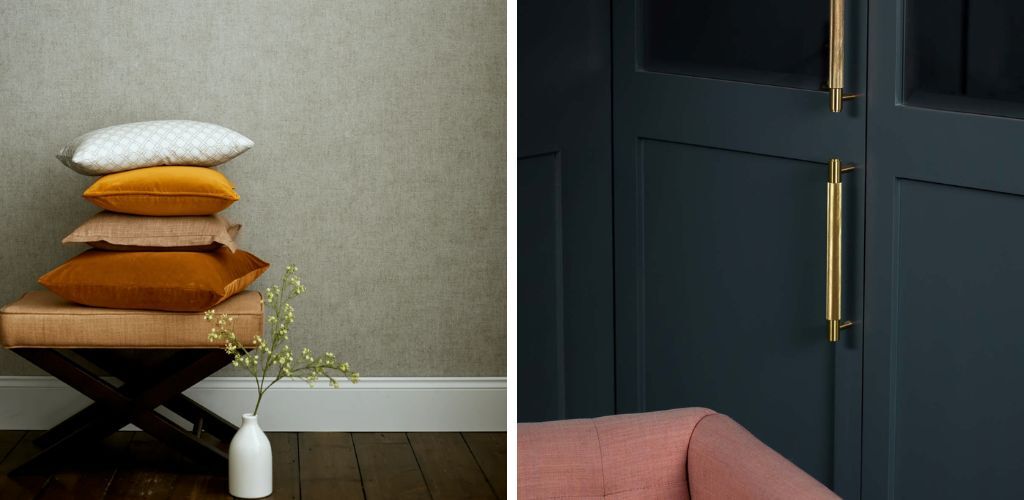
Designing a space with distinct zones for different activities can greatly improve mental wellbeing. By creating areas for work, relaxation, and socialising, you provide a clear framework for transitioning between tasks. For example, a peaceful reading nook or meditation corner offers a place to unwind, while an organised home office enhances productivity and focus.
Furniture placement, rugs, or subtle lighting changes can help define these areas and support a smooth mental shift throughout the day.
For example, create a cosy corner in a smaller room can be effortlessly achieved by incorporating deep and warm colours, such as the earthy tones from Edward Bulmer’s palette. To enhance, consider adding panelling and thoughtful lighting. Wall textures like shiplap boarding, available through Neptune, can work beautifully to bring depth and charm to your walls. When it comes to hardware, Buster and Punch offer stylish options such as handles that can elevate the overall look.
Declutter for mental clarity
Clutter is often a silent source of stress. A messy environment can create a chaotic mental state, contributing to feelings of anxiety and overwhelm. Minimising clutter helps create a sense of calm and control, allowing you to focus on what truly matters. Consider adopting a minimalist approach, where each item in your space serves a purpose or brings joy. Practical storage solutions such as hidden cabinets, shelving, or multifunctional furniture which can help maintain a tidy, serene atmosphere that promotes mental clarity and relaxation.
Incorporate meaningful art and personal touches

Personalising your space can offer emotional comfort and a strong sense of belonging. Incorporating artwork, photographs, or sentimental objects can help create an environment that truly feels like yours, evoking positive memories and fostering connection—especially during stressful times. Choose pieces that inspire calm, joy, or creativity, and place them in areas where you spend the most time to ensure your space reflects your personality and emotional needs. Cotswold Galleries, in Stow-on-the-Wold, has a wide selection of art to choose from, or check out our journal showcasing 6 Cotswolds-based artists whose artwork is perfect for the home.
Use soft textures for comfort and calm
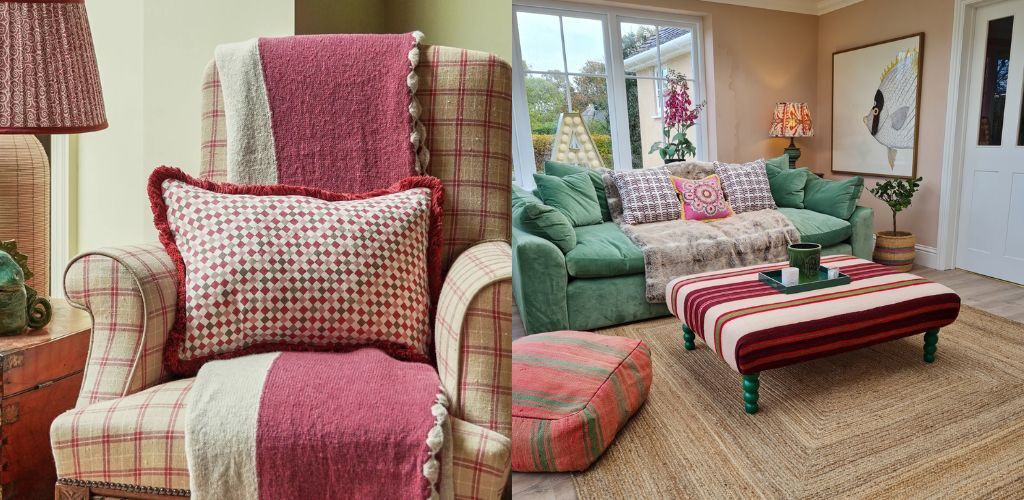
Textural elements play a key role in creating a comforting, sensory-friendly environment. Soft fabrics like plush cushions, cosy throws, and wool rugs make a room feel inviting and warm, promoting physical comfort and reducing stress—especially in spaces for relaxation. Layering materials like velvet, linen, and cotton adds tactile richness that not only looks beautiful but also feels soothing. For soft furnishings that not only look amazing but feel it too, check out Birdie Fortescue and Anna Cox Cushions. For rugs that are made sustainably and are rooted in earthy design, we love Nkuku.